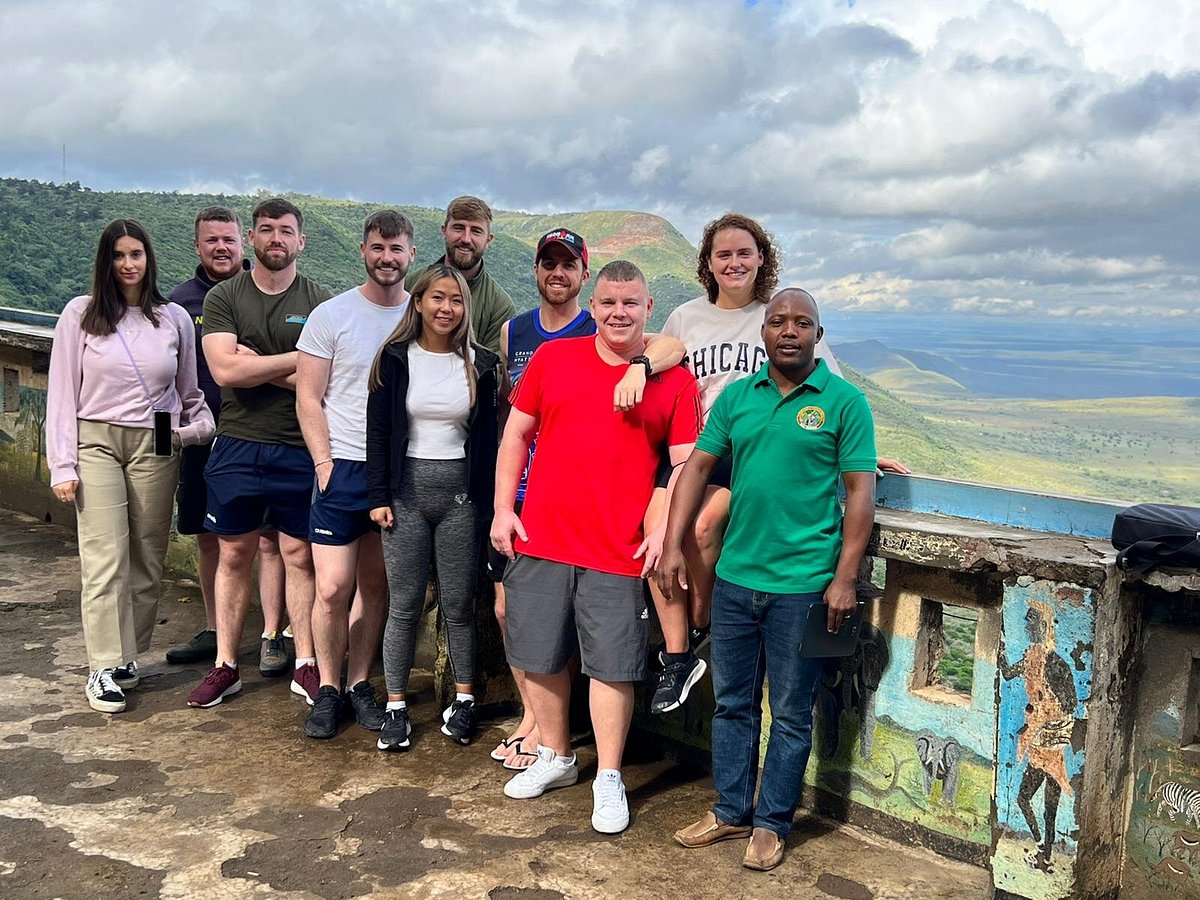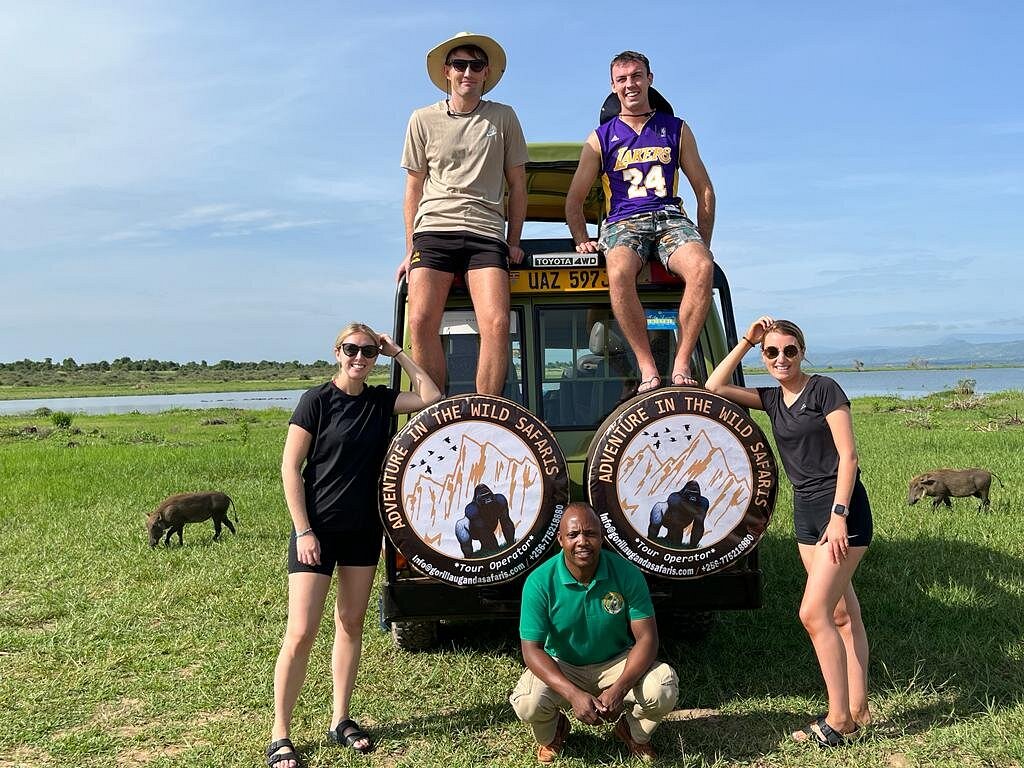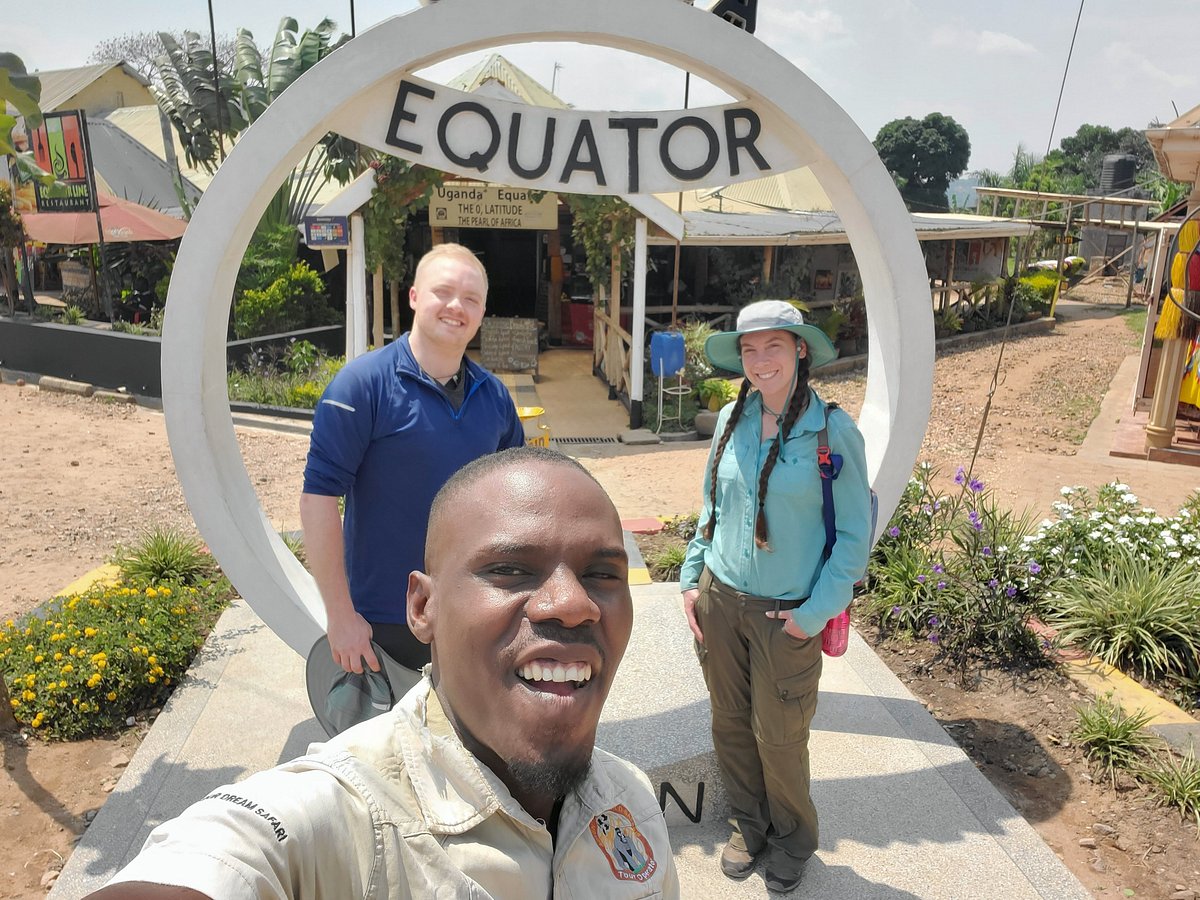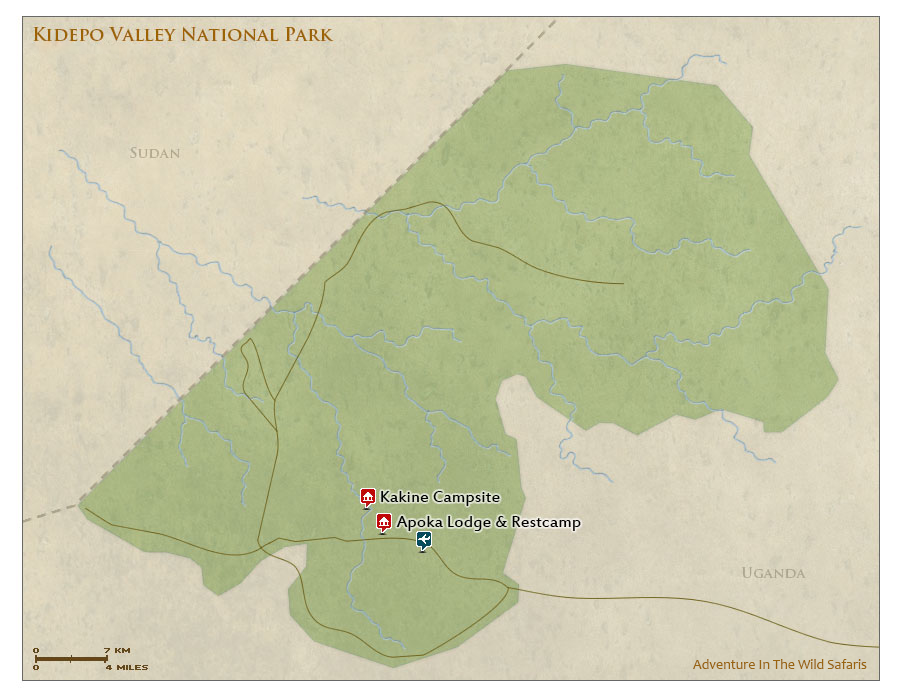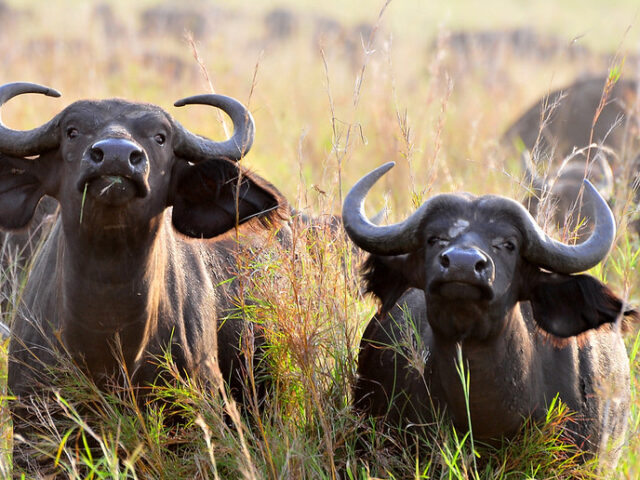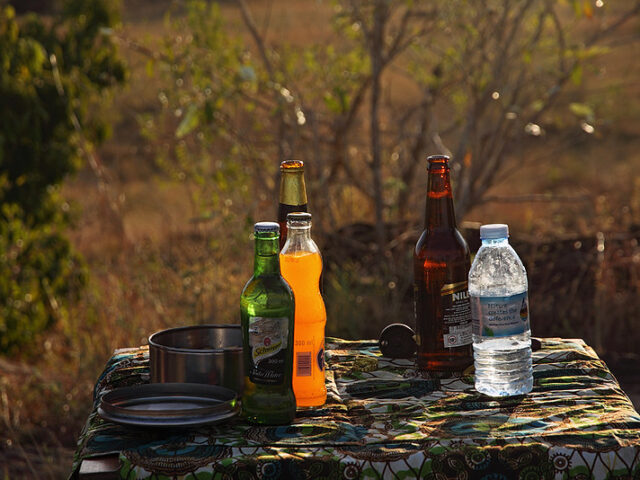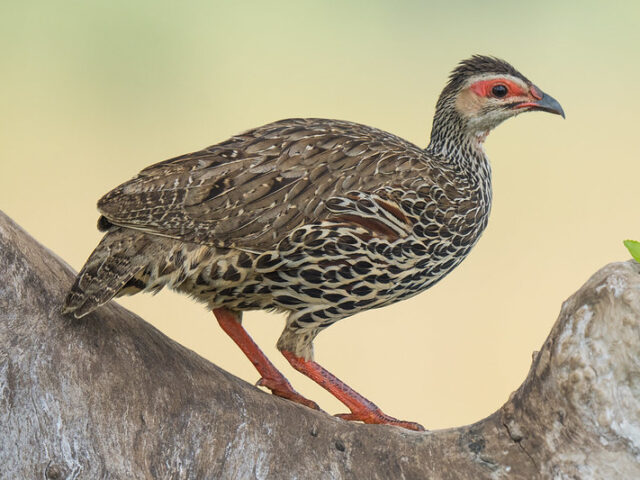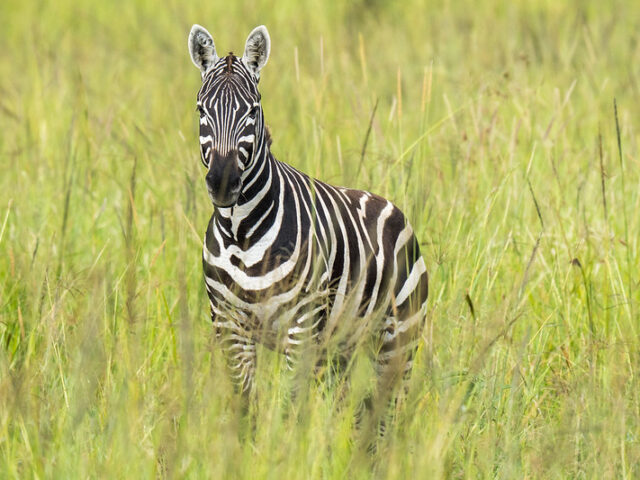Kidepo Valley National Park
True African Wilderness
Kidepo Valley National Park is the most magnificent park of Africa’s finest wildernesses. From Apoka, In the heart of the park, a savannah landscape that provides habitats to the wildlife animals in this big game park
Wilderness Game Drives
Kidepo Valley Big Five Species
Kidepo Valley is another awesome destination to provide a view of the classic big five: Lions, Leopards, Elephants, Buffalos, and Rhinos. The African Big Five are well known to be the challenging animals for ancient hunters.
Popular Classic Big Five Safaris In Kidepo Valley
Guide To Kidepo Valley National Park
Kidepo Valley | Big Five Animals | Kidepo & Narcus Rivers | Wilderness Game Drives
K
idepo is a captivating area of semi-arid savanna, seasonal rivers, and low mountains close to the borders of South Sudan and Kenya. It is located in the far northeast of Uganda. At any time of the year, it is stunning and easily accessible. Kidepo Valley National Park has 1,442 km2 of land. 914 meters above sea level, Mount Morungole’s 2,750-meter peak dominates the horizon from the valley floor.
In the wet season, the Kidepo and Narus rivers flow through the savannah landscape, and they vanish in the dry. The most lonesome national park in Uganda is Kidepo due to its seclusion. The limited number of visitors has contributed to maintaining the woods’ unique atmosphere.
It was isolated for years due to conflicts of many kinds, and only lately was it made air and road accessible. There are currently only two lodges and a government rest camp open to the public. These two factors, along with the park’s relatively high admission price, have combined to keep visitor numbers low. But if you do, you’re in for a treat, and the fact that you’re out in nature and away from civilization only adds to the delight.
Kidepo Valley National Park, which is tucked away in a corner of Uganda, is ostensibly the most remote national park in the country, but it nevertheless stands out as one of the best-unspoiled locations any wild watcher may ever visit in Uganda when on a Uganda safari, Uganda tours, or a Uganda wildlife safari. This pristine national park, which is home to a few extinct wildlife species not present in any other national parks in Uganda, is unquestionably one of the best wilderness regions in Africa. Kidepo is situated near to a few hilly bodies in the center of a savannah environment. When you arrive in Uganda, you will quickly realize there are countless reasons to book a safari here.
This national park is a fantastic place for a cultural path in addition to the spectacular wildlife safari experience, especially for those who want to see the Karamojongs, Acholis, and other outstanding tribes. Nature walks, birdwatching, and trekking are a few of the other thrilling tourist activities that may be done in this environment. Kidepo Valley National Park was wonderfully blessed by nature with the excellent lodging/accommodation alternatives of Apoka Safari Lodge, Kidepo Savannah Lodge, and Nga’Moru Wilderness Camp combined with the cool environment, spectacular vistas of the savannah grasslands, and so many other attractions.
Kidepo valley national park has got two rivers one being the Narus River and the other being the Kidepo River. It is well known that these two rivers dry up during the dry season and the animals are left only with ponds to inhabit.
Both the pastoral Karamojong people, who are comparable to the Maasai of Kenya, and the IK, a hunter-gatherer group whose survival is in jeopardy, live in the surrounding settlements of the park.
Kidepo Valley National Park is situated around 700 kilometers from Kampala in the rough, semi-arid valleys between Uganda’s borders with South Sudan in the northwest and about 5 kilometers from Kenya’s eastern border. It was established as a national park in 1962 and is home to more than 77 different mammal species. It is abundant in large game.
Wildlife in Kidepo national park.
Kidepo is Uganda’s third-largest national park and has more biodiversity than Queen Elizabeth National Park.
At Kidepo, there are 77 different animal species, and there are many opportunities to witness a game. Predators come in 20 various varieties, with lions, leopards, and spotted hyenas among them.
Inhabitants of Kidepo in Uganda include the aardwolf, cheetah, caracal, bat-eared fox, and black-backed jackal. A substantial global population of over fifty Rothschild’s giraffes, over ten thousand buffalo, over fifty Rothschild’s giraffes, and over 650 elephants now exist (up from 200 in the middle of the 1990s).
Zebra graze on the plains as bigger and smaller kudu explore the deep forests. A white-eared kob, which is more usually seen in South Sudan and Ethiopia, may be found by adventurous travelers who are willing to look for it.
The list now includes 470 different bird species. There are more of these here than in any other national park in Uganda. Both Clapperton’s francolins and rose-ringed parakeets can only be found in Kidepo, East Africa. There are 56 different species of raptors in the area, and the vultures are thriving. Only at Kidepo, Uganda can bird enthusiasts witness the majestic Common Ostrich.
Things To Do In Kidepo Valley National Park
Game drives. ( The quintessential African Safari experience.)
The quickest method to see the farthest reaches of the park is with an apoka game drive. It’s an incredible experience to be able to see big animals and predators up close while still being safe in your car.
The heavily forested Narus Valley is traversed by two 20-kilometer roads that are commonly utilized by automobiles. Large herds of buffalo, thirsty elephants, and antelope are attracted to this area because there is some water there even during the dry season. You can see many attractive creatures since predators are drawn to herds of herbivores because they lure them.
Game drives leave in the early morning and late afternoon during the hot, dry season. As a result, you may witness the animals in their most animated form and record memories in lighting that is perfect for taking pictures.
Even though there are fewer species and the Kidepo Valley is drier, it is still beautiful and worth seeing. Focus on the Kanagorok hot springs, which are located 30 kilometers north of Apoka, but resist the urge to be credulous. When the weather is dry, the Kidepo River has a big sand bank. As you meander past grasslands that are bordered by mountains and cross it, take it leisurely. Ostrich and secretary birds thrive in this area, and kudu are shielded from the elements by the thick bush.
Wildlife walks.
Step away from the whining engine and into the untamed Savannah.
When you set out on a trail, pay attention to the sense of vulnerability that penetrates every step you take. You may enjoy the wilderness in all its beauty after being reassured by your guide’s knowledge.
The Narus Valley is traversed by the majority of the two- to three-hour walking routes. The Narus Valley stroll is especially well-liked as most tourists may comfortably complete it within a 5-kilometer radius. It gives you many opportunities to see a range of beautiful animals and birds against a backdrop of breathtaking nature.
Birders frequently comb the borders of the Narus and Namamukweny Valleys in search of the Abyssinian Roller, Purple Heron, Abyssinian Ground Hornbill, and Clapperton’s Francolin, which is only seen in Kidepo.
For those seeking a more challenging task, a 15-kilometer route that follows the ridge line into the hills is available. There are several potential hiking trails, although some of them might not have been utilized recently or might even be temporarily closed.
Kidepo Cultural Encounters.
Karamojong.
The Karamojong are a nomadic, Nilotic-speaking ethnic group who adore cattle and moved from Ethiopia more than 500 years ago into what is now north-eastern Uganda. They speak Nilotic as their primary language. The Karamojong, like their fellow countrymen in northern Kenya and southwestern Ethiopia, have mostly resisted modernization (although this is beginning to change) and continue to live traditional lives that have not changed significantly since their initial arrival.
Due to the Karamojong people’s love of cattle and the resulting conflicts over animals, the conflict has always been a part of their culture. After the end of the Amin regime, assault rifles were widely available, temporarily cutting off the area from outsiders and adding to the atmosphere of danger. However, since the Lord’s Resistance Army and Joseph Kony fled northern Uganda in 2005 and the Ugandan government demilitarized Karamoja in 2011, the area is now safe to travel through and welcoming to tourists.
The park prevented the Dodoth Karamojong from using their customary grazing and hunting areas. In order to visit the Karamojong and learn about their culture, it is crucial to travel responsibly and with interest. This ensures that the Karamojong will directly benefit from tourism.
Ik Treks.
The Ik people suffered the most damage as a result of the park’s development. The Ik were pastoralists until the invasion of the Karamojong, Turkana, and Pokot tribes caused them to lose their herds. They are thought to be the earliest Ethiopian immigrants. After returning to a hunter-gatherer lifestyle on the lower slopes of the Morungole Mountains, they were evicted from the park in 1962. They had little choice but to attempt subsistence farming in the highlands far away from the park.
The movement, which took place during “the time of one cup,” a time of widespread famine, brought the Ik to the verge of extinction, put established social norms to the test, and reduced them to a shell of their former selves. During his three years of residence with the Ik during this period in the 1960s, anthropologist Colin Turnbull documented the breakdown of their society and the horrific extent to which group members had turned to self-interest. He discussed it in the controversial book “The Mountain People,” which was published at the time.
Turnbull was only partially aware of how the Iks’ expulsion from the park might have affected some of their contacts with him, but he was not aware of the full magnitude of the trauma. Turnbull disregarded the possibility that with greater prosperity—rather than just survival—the Ik may be able to revive better, more traditional human customs.
Despite continuing to live in poverty in the Morungole Mountains, the Ik have made strides in recent years. They urge visitors who are interested in learning more about their unique way of life and the surrounding landscape to go on guided excursions.
It’s not voyeurism-based travel, though. It is an intellectually and physically demanding walk due to the problems it raises regarding human rights, environmentally responsible development, and sustainable conservation. The trek’s costs fund Ik community initiatives and outside attention serves to protect the people from attacks from within their group, making it an interesting experience. The journey is also breathtaking.
Depending on the temperature where you are and how fit you are, there are two possibilities.
Getting to kidepo national park.
By road.
The majority of visitors travel by automobile, which, from Murchison Falls, takes no longer than seven hours on a sealed road. Some tourists choose to stop their excursion and spend the night near Sipi Falls. Kampala is 571 kilometers from Kidepo. Due to its length and difficulty, the 10-hour drive from Kampala through Gulu and Kitgum is rarely taken.
By Air.
Kidepo is served by a few small aircraft companies that land at the adjacent Apoka airport. Because they only operate on specified days and require a minimum number of passengers, these flights are expensive for couples or small groups traveling alone, but they are not prohibitively expensive for families or larger groups. But don’t let that stop you; there’s something rather amazing about taking off from Entebbe, circling over the impressive Murchison Falls, and then flying on to the enormous Kidepo.
Popular Safaris
All About QENP
- History Of The Park
- Things To Do
- Places To See
- Getting There
Other National Parks & Reserves To Visit In Uganda
Travel Stories, Articles & Tips
Birding Safaris in Kidepo Valley National Park
Birding safaris in Kidepo. Birding safaris for visitors to Kidepo National Park are particularly exciting since they can readily observe unusual bird species. The Karamoja region, with its distinctive topography and...
Honey moon safaris in Uganda
Honey moon safaris in Uganda. Uganda is an excellent site for a honeymoon safaris because it is surrounded by spectacular wildlife species such as zebras, lions, African elephants, leopards, and...
In Which District is Kidepo valley national park?
In Which District is Kidepo valley national park? Kidepo Valley National Park is located in Kabong district in Uganda's northeastern area, bordering neighboring nations such as South Sudan. Furthermore, the colonial...
Planning a safari trip to Kidepo valley national park.
Planning a safari trip to Kidepo valley national park. Kidepo Valley National Park is one of Uganda's most remote and picturesque national parks, located in the north-eastern region of Karamoja...






